Why the Battle of Jadotville Remained a Forgotten Chapter for So Long
The Battle of Jadotville proves that heroism isn't always immediately recognized. Discover how Irish soldiers defied overwhelming odds and only much later received the recognition they deserved.
The Hidden Reason Behind the Battle of Jadotville
The Battle of Jadotville was fought in September 1961 when 155 Irish soldiers of A Company (United Nations) faced approximately 4,000 attackers. The attack centered around the strategically vital uranium mine at Jadotville, which was considered the world’s most important uranium source at the time. Among other uses, it had supplied raw materials for the atomic bombs dropped on Hiroshima and Nagasaki.

Pat Quinlan – The Man Who Defended Jadotville
Colonel Pat Quinlan, commander of the 155 Irish soldiers stationed in Jadotville, was well aware of the looming threat in the Congo. Even before the siege began in 1961, he ordered defensive trenches to be dug and placed his men on high alert. Quinlan, an experienced and forward-thinking officer, relied heavily on disciplined defensive tactics and thoroughly drilled his men to prepare them for the inevitable confrontation. This rigorous preparation proved crucial during the intense fighting that followed.
September 13, 1961 – Beginning of the Siege of Jadotville
At 7:40 a.m. on September 13, 1961, Private Ready alerted his company—then attending a field church service—with a warning shot. Since the Irish soldiers always carried their weapons with them, they immediately occupied their prepared positions and defended the compound. The enemy attacked in multiple waves, each consisting of around 600 local tribal warriors and mercenaries, supported by heavy machine guns, mortars, artillery, and even air support from a converted training jet.
The Irish soldiers, outnumbered approximately 20:1, had only light and medium machine guns, 60mm mortars, and limited supplies of ammunition, food, and water. Thanks to outstanding leadership and meticulous preparation, the Irish defenders repeatedly repelled enemy assaults despite being vastly outnumbered. After several days of continuous siege, the Irish troops famously radioed their headquarters:
“We'll hold out until the last bullet. Could use some whiskey.”

Surrender After Fierce Fighting
By this time, A Company had fallen back to the inner defensive ring, running dangerously low on water and ammunition. Although their mortars continued to neutralize enemy mortar and artillery positions effectively, the reinforcements sent to relieve the besieged soldiers failed to break through.
Faced with this desperate situation and with no hope of resupply or reinforcement, Colonel Pat Quinlan reluctantly made the difficult decision to surrender on September 17, 1961. Enemy losses were substantial—approximately 300 dead and around 1,000 wounded—while the Irish suffered only five wounded soldiers. Despite the overwhelming odds, Quinlan had managed to lead his men safely through this brutal conflict.
From Ridiculed Defeat to Recognized Heroism
Initially, the Jadotville incident was swept under the rug. Instead of recognition, the Irish soldiers faced ridicule for decades because of their surrender. It wasn't until years later that historians and the wider public came to appreciate their extraordinary bravery. Eventually, the surviving Jadotville veterans were officially rehabilitated, finally receiving the honor they so rightly deserved.

Author's note: If you enjoy our content, you can support us by making a purchase in our shop. We greatly appreciate your support!
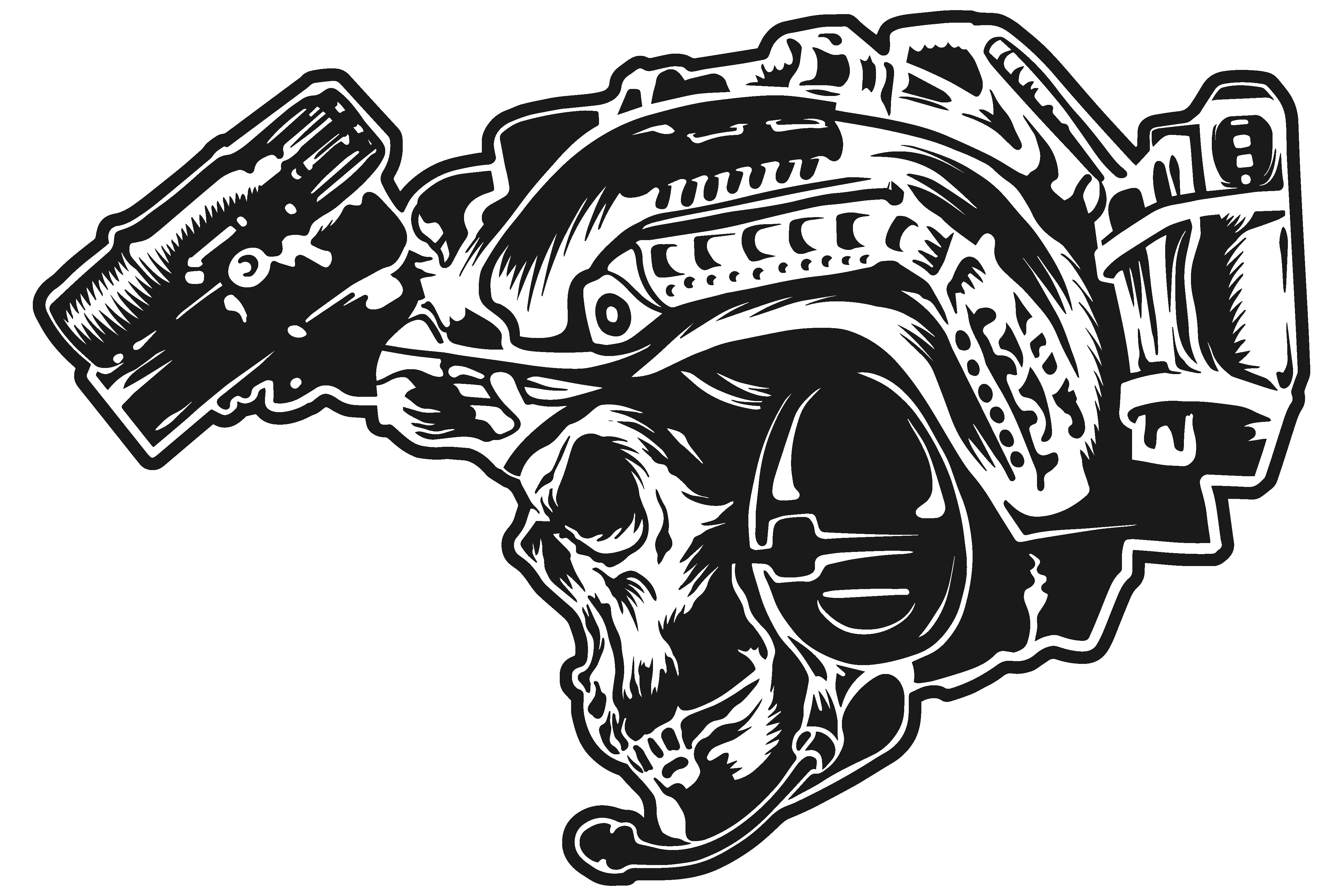
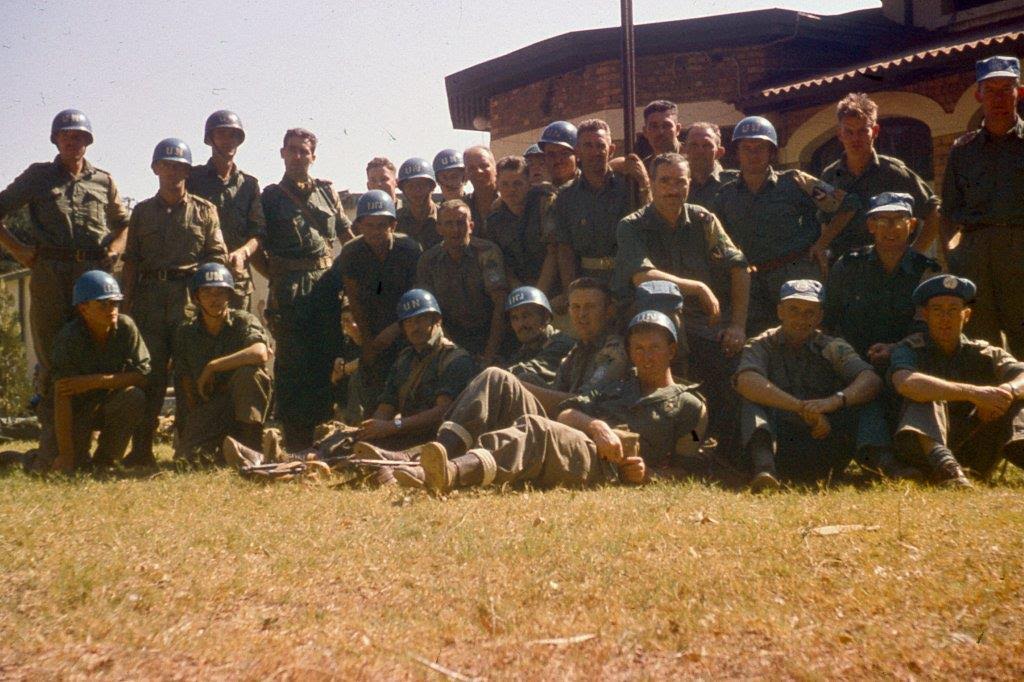
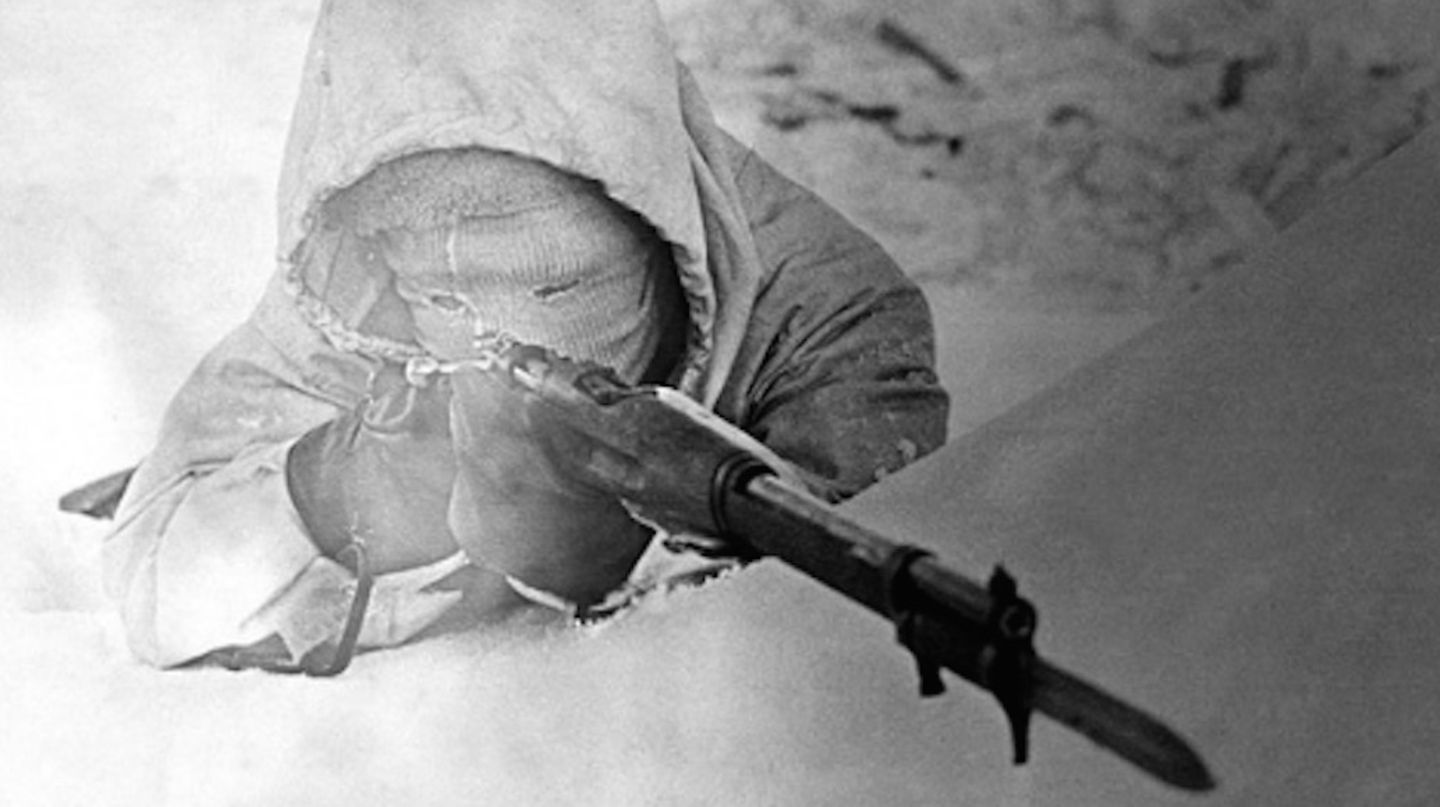
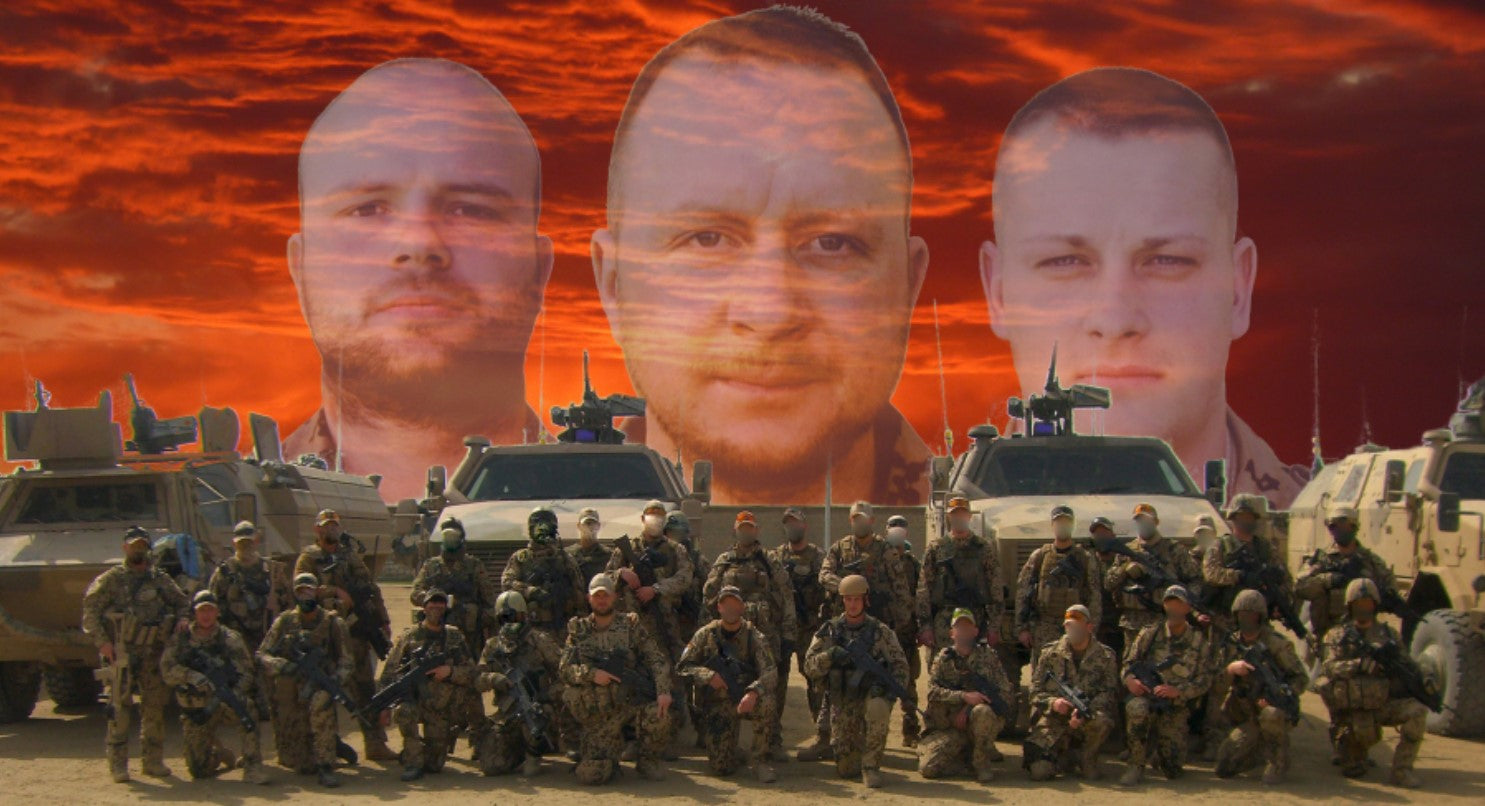


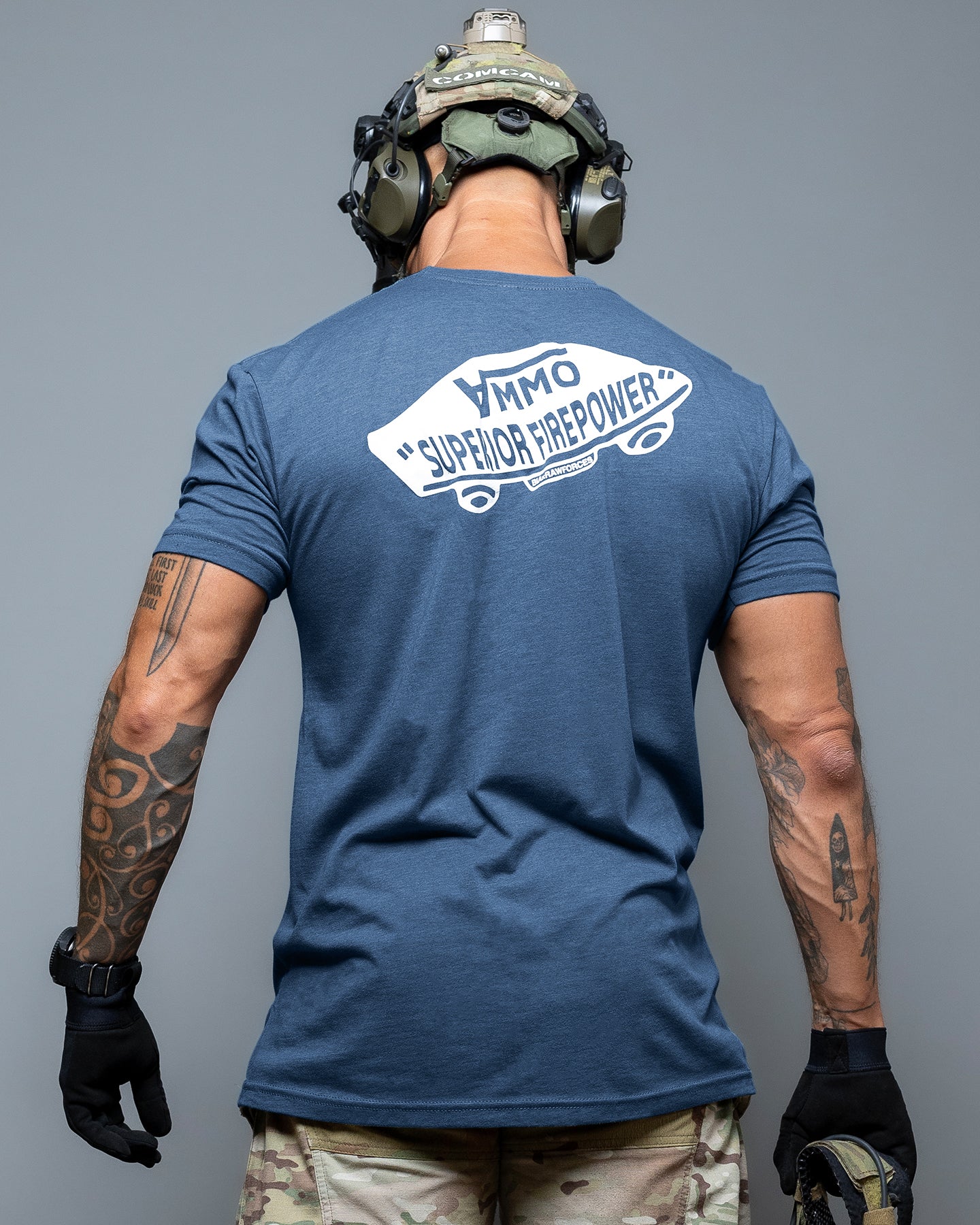

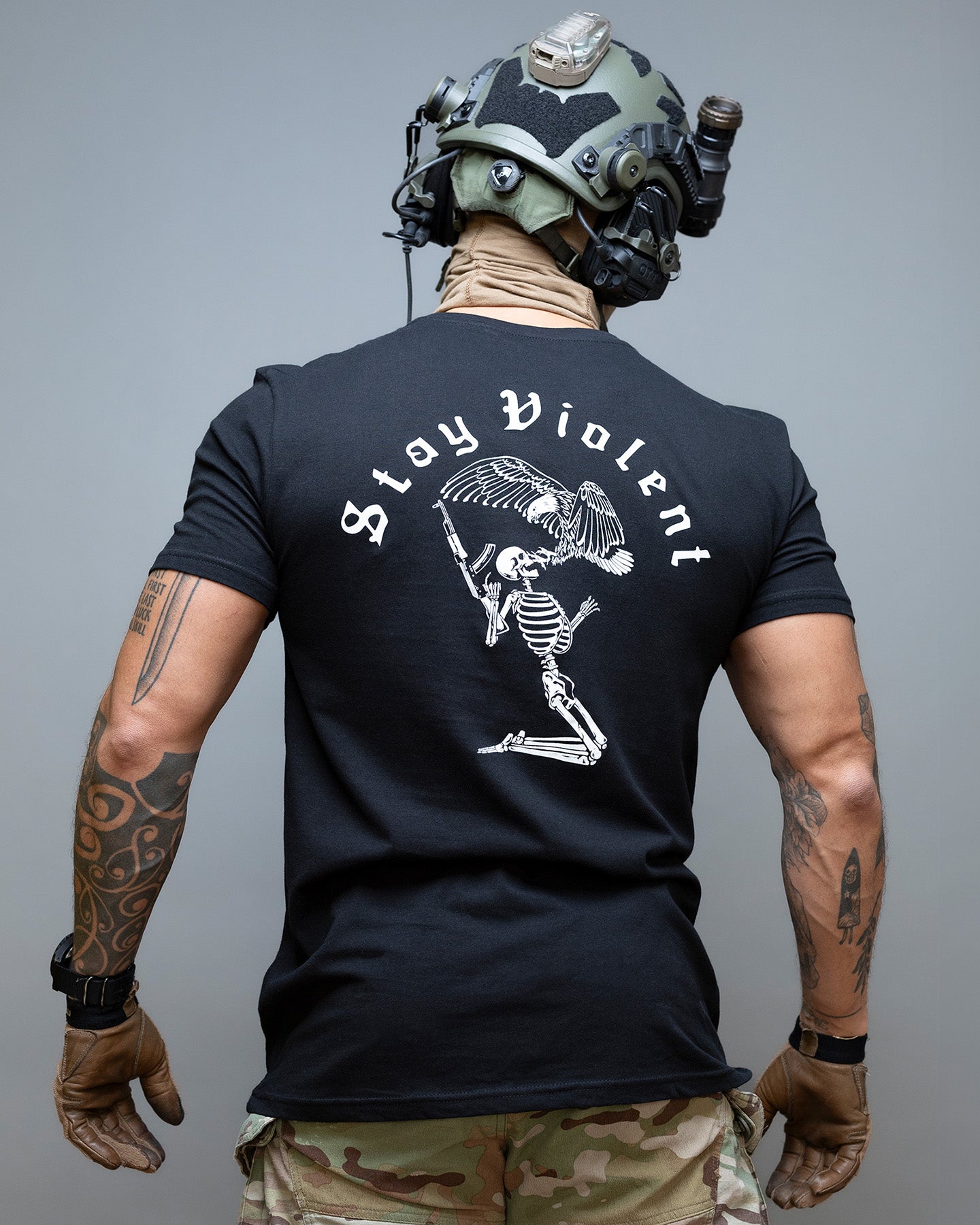
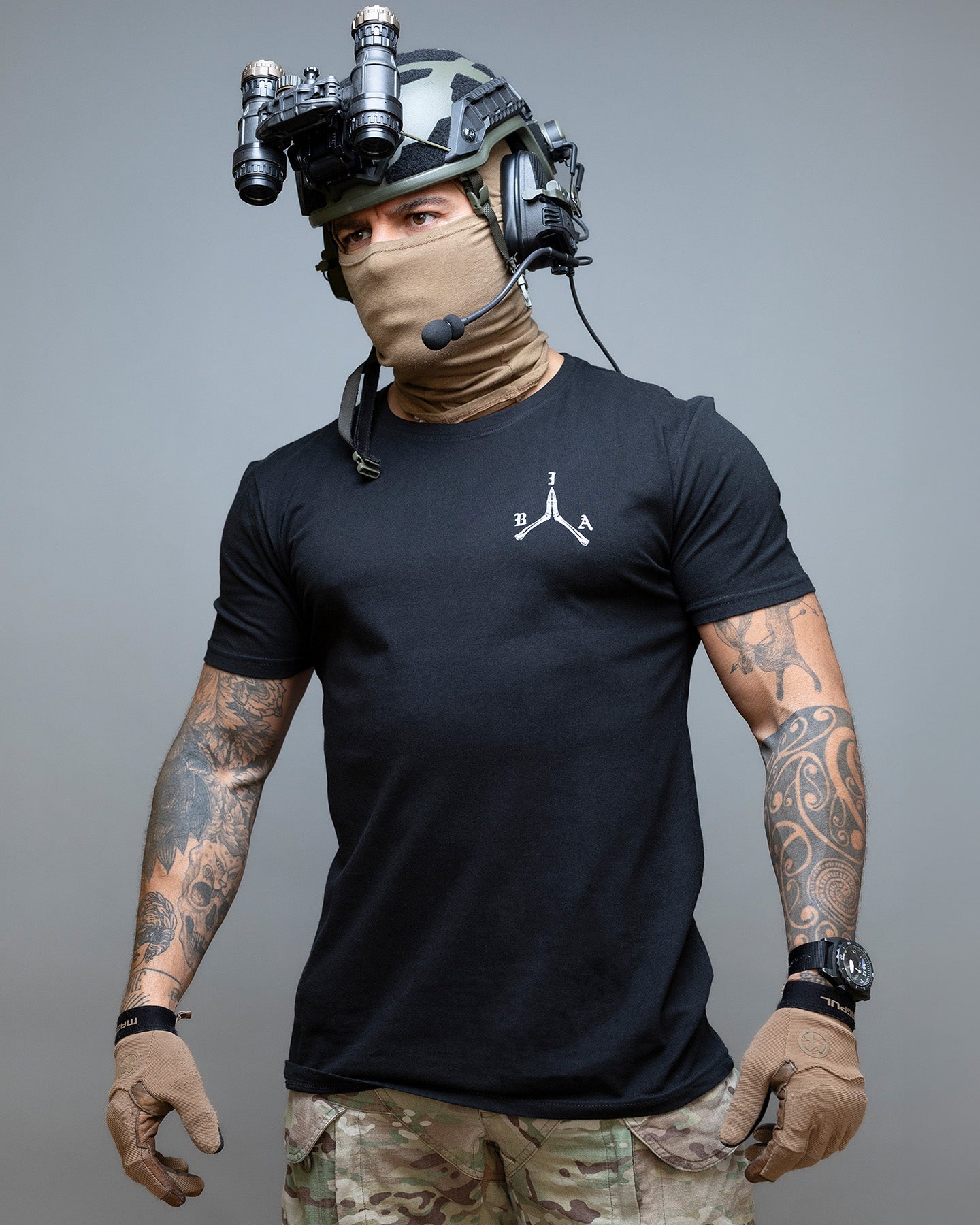


1 comment
Thieme
Es wäre hilfreich gewesen, zu erfahren wer die Angreifer waren und wo Jadotville überhaupt liegt.
Leave a comment